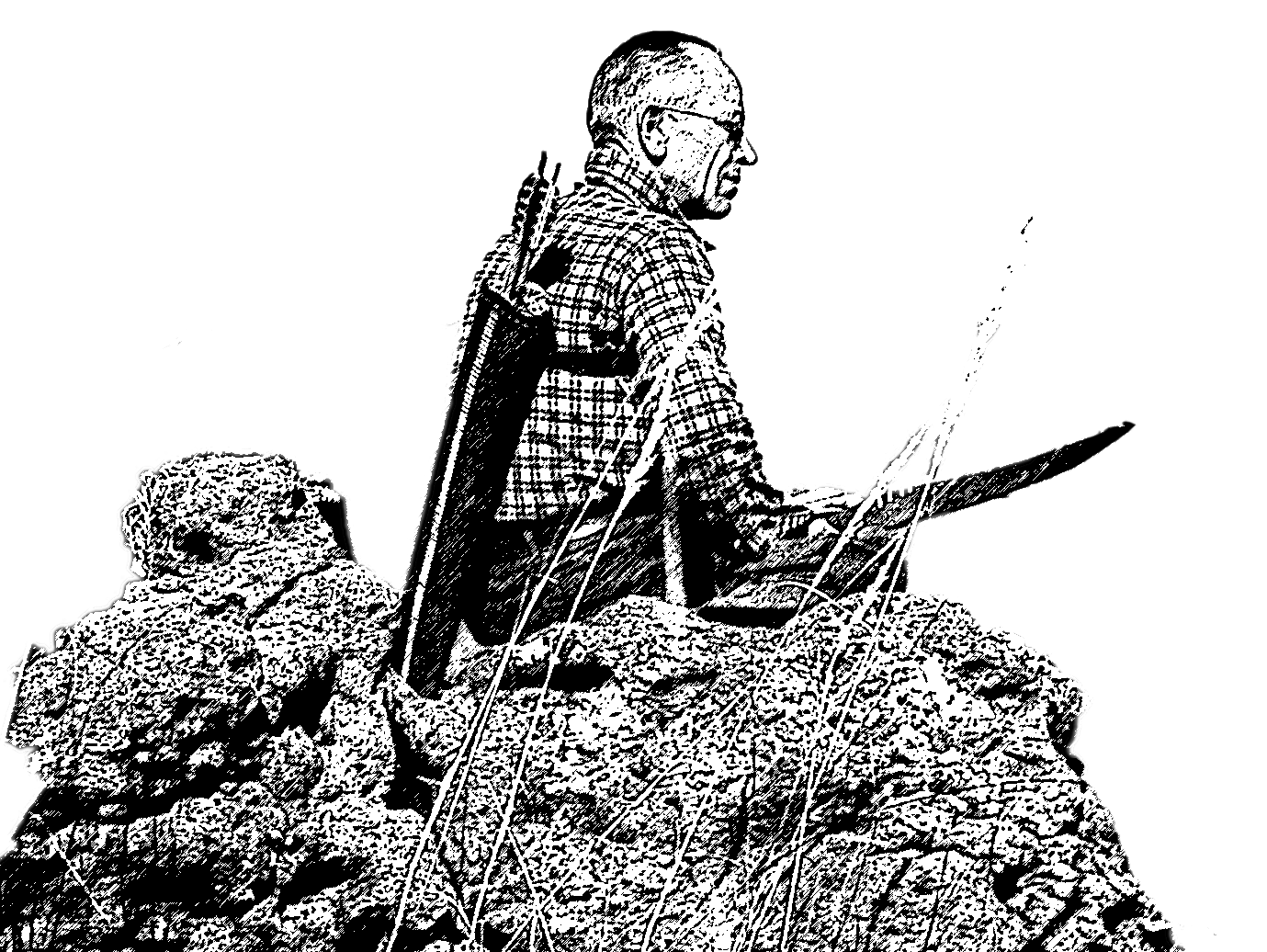History in Action: Landscape Changes at Faville Grove
A new blog series by Land Steward Drew Harry that tells stories of the land, past and present
A Faville Grove sunrise looks much different over the prairie today than the farms of the 1930s. Photo by Drew Harry/Madison Audubon, map by Art Hawkins, 1938
In 1934, Aldo Leopold established the Faville Grove Wildlife Experimental Area, a voluntary game cooperative with 10 farms comprising 2,300 acres. The project ran until about 1944. Leopold’s graduate students Arthur Hawkins and Robert McCabe managed the area, implementing ecological and historical research, winter feeding, and hunting restrictions. The goal of the project involved developing “a farming technique which creates the best possible conditions for all wildlife, without sacrificing valuable land.” Leopold’s focus on management of private lands provided the conceptual framework for his land ethic.
Known for his copious and detailed record-keeping, both Leopold and his students left troves of notes, maps, photos, and correspondence. These include published reports on “Upland Plovers,” as Upland Sandpipers were called, Ring-necked Pheasant, Quail (Northern Bobwhite), and Hungarian Partridge (Gray Partridge). Game bird production incentivized farmers of the cooperative to implement management plans that included wildlife more generally.
Leopold’s interests were broad and included the entire ecosystems of the areas where he worked. Faville Grove was no exception—he and his students left records of the native wildlife and flora of the region tucked between winter feeding notes and Quail censuses.
The entire collection has been digitized and is available through the University of Wisconsin-Madison Libraries, where you can dive in on your own if you are so inclined. We draw from these archives as the source material of History in Action, illuminating this vibrant story for the first time through essays, photographic time-lapses, and data comparing Leopold’s time with the present.
Leopold was keenly fascinated with the history of land and how it informs management and stewardship. Join us to trace the early story of Faville Grove and delve into the detailed chronicles the conservationist left for us to discover.
History in Action entries
Banner photo: Upland sandpiper nest and eggs, photo by Carolyn Byers










Today, we’ll continue our look at Art Hawkins’ “Wildlife History of Faville Grove” and compare it to what we’re seeing on the land today.
In 2019, mere feet from that pasque flower we visited last time, I relocated the nest of an American Woodcock that we had found (and protected) during a prescribed burn. I went to check on the pasque flower, and while there, I thought to check if the woodcock nest remained intact. As I approached the nest site, the hen kicked up and hit my shoulder as it flew away. I stopped, took a look down at the ground, and after careful scrutiny found four woodcock chicks frozen on the ground.
Photo by Andy Reago & Chrissy McClarren